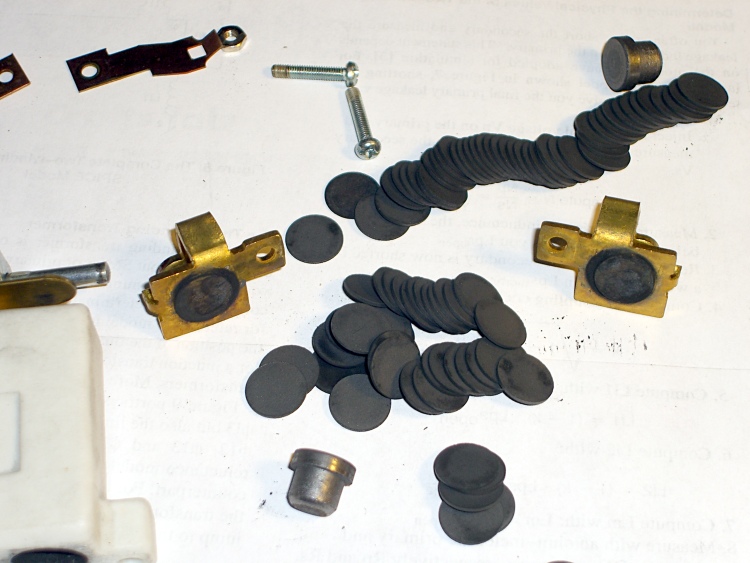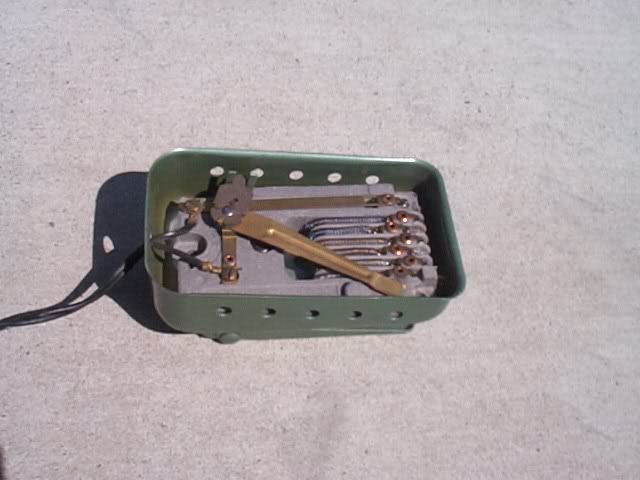Yes I believe one or both of you is confusing different types of controls
A rheostat foot control uses a coiled length of resistance wire with a mechanical moving contact
A conventional rheostat. Imagine this converted into a foot controlled configuration

The second type is more correctly called a "carbon pile" and is exactly what the name implies---a "pile" of carbon. A stack of carbon discs---which are a poor conductor compared to wire---are stacked up with a control device which can "pack" them together more tightly and then cause more current to flow through them
These battery testers is where you see a huge carbon pile

Here's an old Kenmore sewing machine carbon pile control
http://softsolder.com/2009/03/10/old-kenmore-sewing-machine-foot-control-repair/

This is one type of rheostat design

Frankly, if you have a carbon / graphite type, you might be able to lightly sand the faces of the discs and get more use out of them
The fact that carbon pile resistors are still in use, either doesn't say much about the progress of man, or it says that the "early guys" of radio got it pretty close the first time, LOL
These were invented early on, when electronics was not a word and "it" was just called "radio," "Hertz" was in the history books and you spoke of "kilocycles" and "megacycles" and "capacitors" were called "condensers." "Pico" as in "picofarads" had not come into use, it was "micro micro farads" There WERE no transistors or any other "solid state" device not even a diode, unless you want to count a "crystal radio"





















